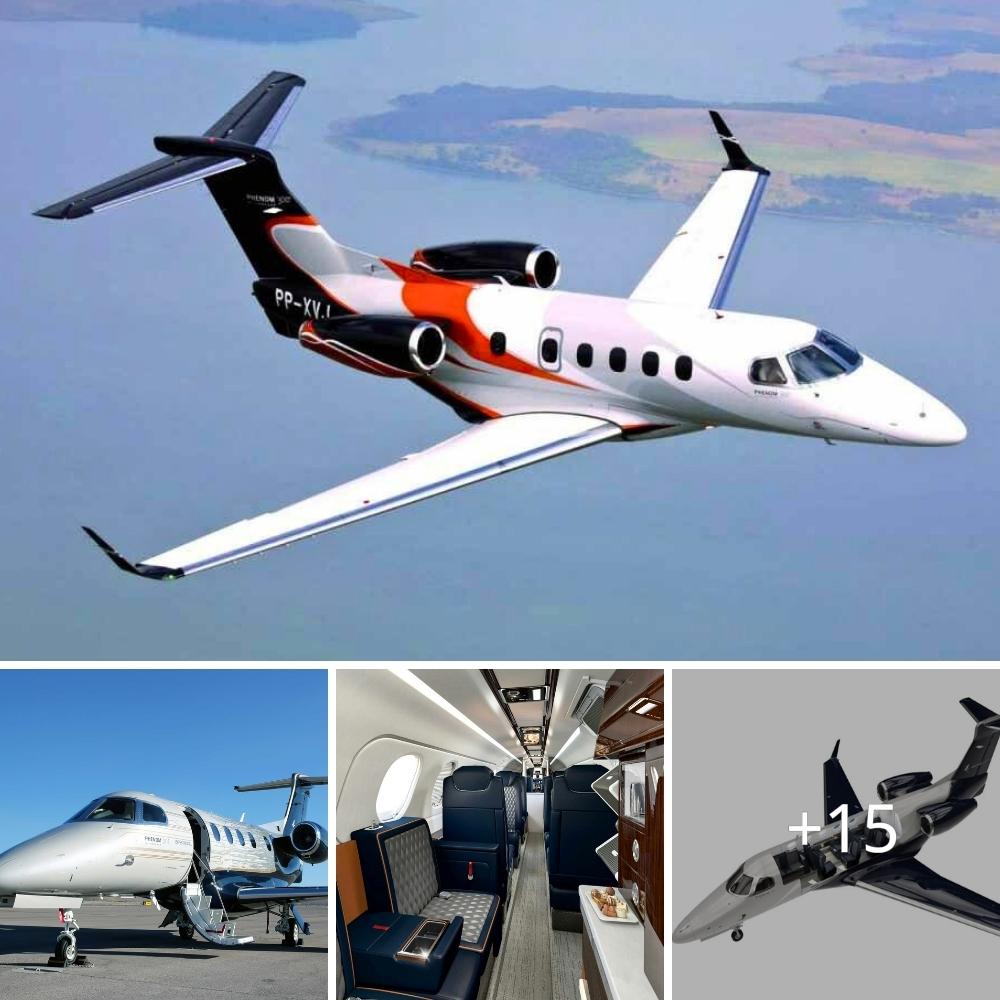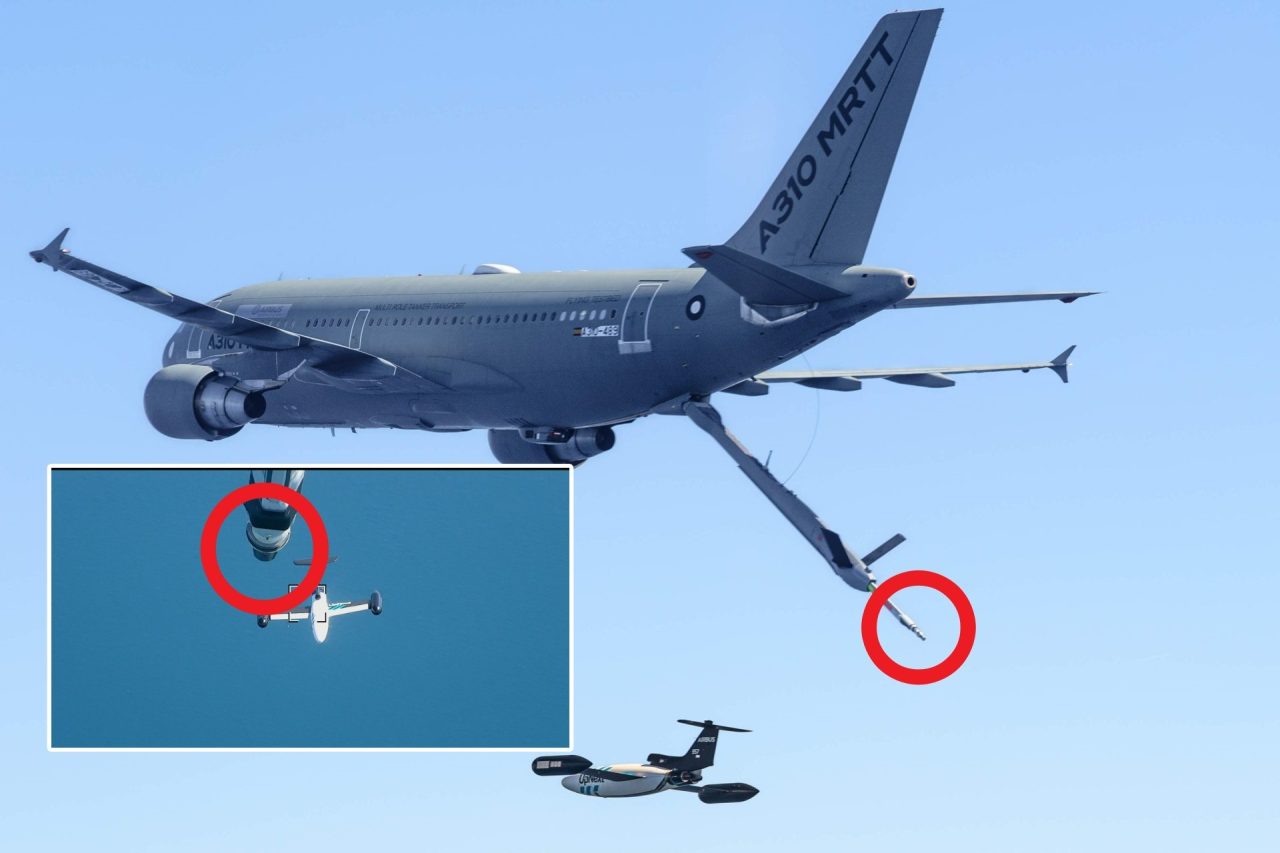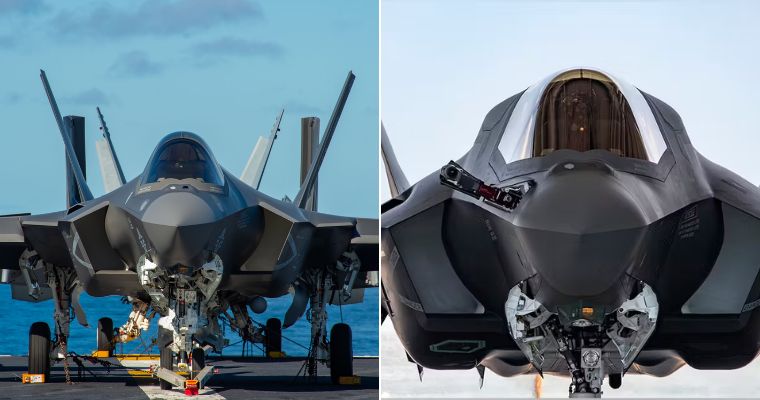
wikipedia
A Chinese government-backed newspaper is floating the idea that the People’s Liberation Army Air Force J-20 might soon fire laser weapons to incinerate opposing aircraft and ground targets.
J-20 Laser Weapons
While the story in the Global Times mentions little to no specifics regarding the maturity of such a plan and does not offer any detail on testing, prototyping or development, the paper does refer to efforts to arm fighter jets with a “laser pod.”
t certainly seems realistic that the PLA Air Force would be working on this in an effort to keep pace with the US Air Force.
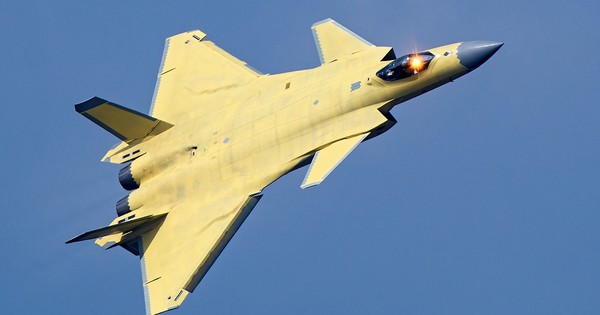
Lasers are a great tool for aerial interception, as weapons able to travel at the speed of light, there is no time delay. However laser weapons require a large amount of energy to be effective and that is the issue that must be addressed for it to be mounted on an aircraft.
Questions regarding progress with integrating laser weapons onto fighter jets are largely centered around the need for scalable, transportable sources of mobile power. Should sufficient power to generate scalable power for laser weapons exist in a small enough form factor to integrate onto a fighter jet, then J-20 fired lasers are indeed realistic. How soon is the operative question, as the US Air Force Research Laboratory has been making rapid progress on this issue for many years.
Ground testing has taken place with great success and the thinking had been to start air-fired lasers from a larger aircraft such as a C-130. The idea of starting with a cargo plane for its first set of flights would help the AFRL to experiment with and refine the technology until it gets to the point wherein a laser powerful enough to have an impact could be integrated into a lighter weight stealth fighter.
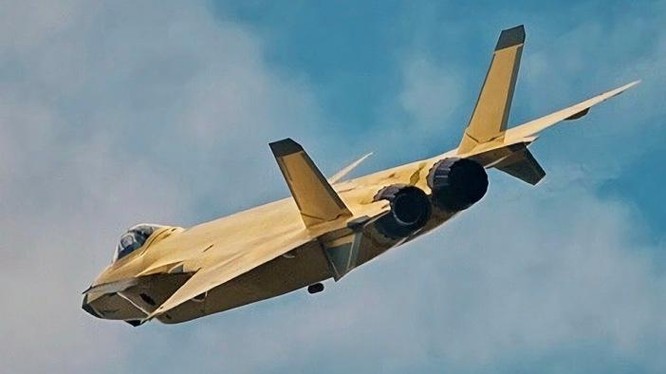
Also, could a laser weapon integrate into a 5th-generation stealth fighter jet without compromising its stealth characteristics? The laser and its power source would likely need to emerge from an internal weapons bay to ensure that no protruding structures generated a strong radar return signal to enemy defenses. Interestingly, the Chinese Global Times paper says the PLA Air Force has been working on an external “laser pod.” While adding a pod of this kind makes sense in the case of a non-stealthy 4th-generation aircraft such as the Chinese J-10, it would seem difficult to add a pod like this to 5th-generation aircraft without compromising its stealth properties.
The F-35 is expected to fire laser weapons as well, and it is likely it will become possible in the next several years as developers innovate new, smaller form design options able to condense massive amounts of power into a small, single, streamlined form factor.
Laser armed fighter jets could introduce a sphere of unprecedented combat advantage given that laser weapons travel at the speed of light and are quiet, meaning they could fire without necessarily giving away an aircraft’s location amid incoming fire. Lasers are scalable so fighter jets could pursue and achieve specific desired “effects” upon a target ranging from simply disabling an enemy system to prevent them from using it, or conversely, completely destroy and incinerate an enemy target from the air if needed.
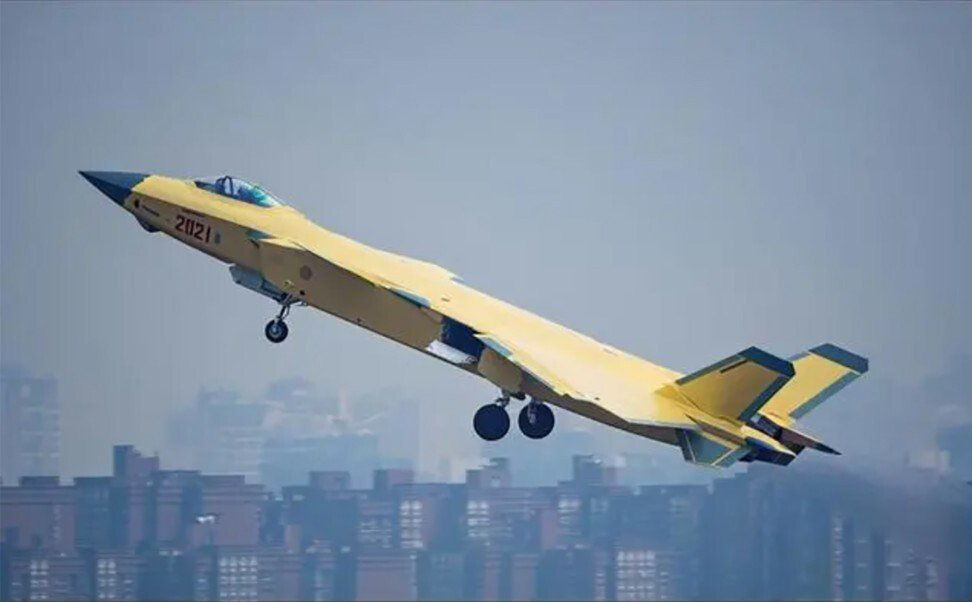
Domestic Engine for J-20
Does having new, domestically-produced engines make the Chinese J-20 5th-generation stealth fighter measurably improve the aircraft’s performance and mission scope?
That is the claim made by Chinese experts quoted in a Communist party backed newspaper called the Global Times. The paper asserts that the new J-20 WS-10 engines improve the operational performance of the jet to include better handling in extreme environments such as high-altitudes, hard cold weather and high humidity.
A Chinese aviation engineer quoted in the paper said the “domestic engines unleashed the potential of the J-20, since the old engines were not customized for the aircraft, and it had to make compromises in its performance.”
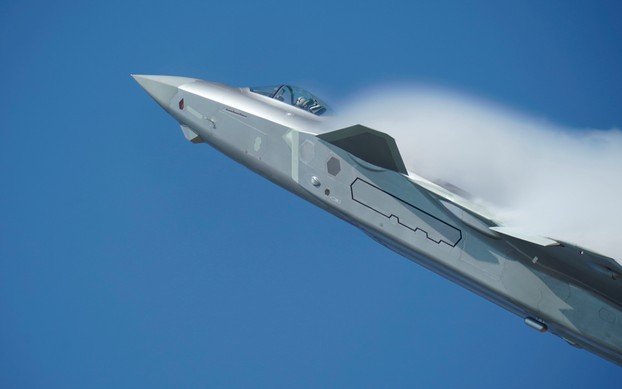
The improvements to the J-20 were not limited to just the engineers but also included some redesigns of the airframe, structure, pipelines, electric circuits and subsystems, the report said.
“The switch to domestically made WS-10 engines from imported ones has made mass production possible…. other systems on the J-20, including the avionics system, radar system and weapons systems, were already domestically developed,” a report in the Global Times from last year states.
The pace of a J-20 production ramp up could be significant, given China’s known ability to mass-produce with its industrial base. This is something quite likely on the radar at the Pentagon because, regardless of whether a J-20 can rival an F-35, the number of 5th-generation aircraft in China’s fleet is of great significance. The more J-20s China has, the more the PLA Air Force could pose a threat.
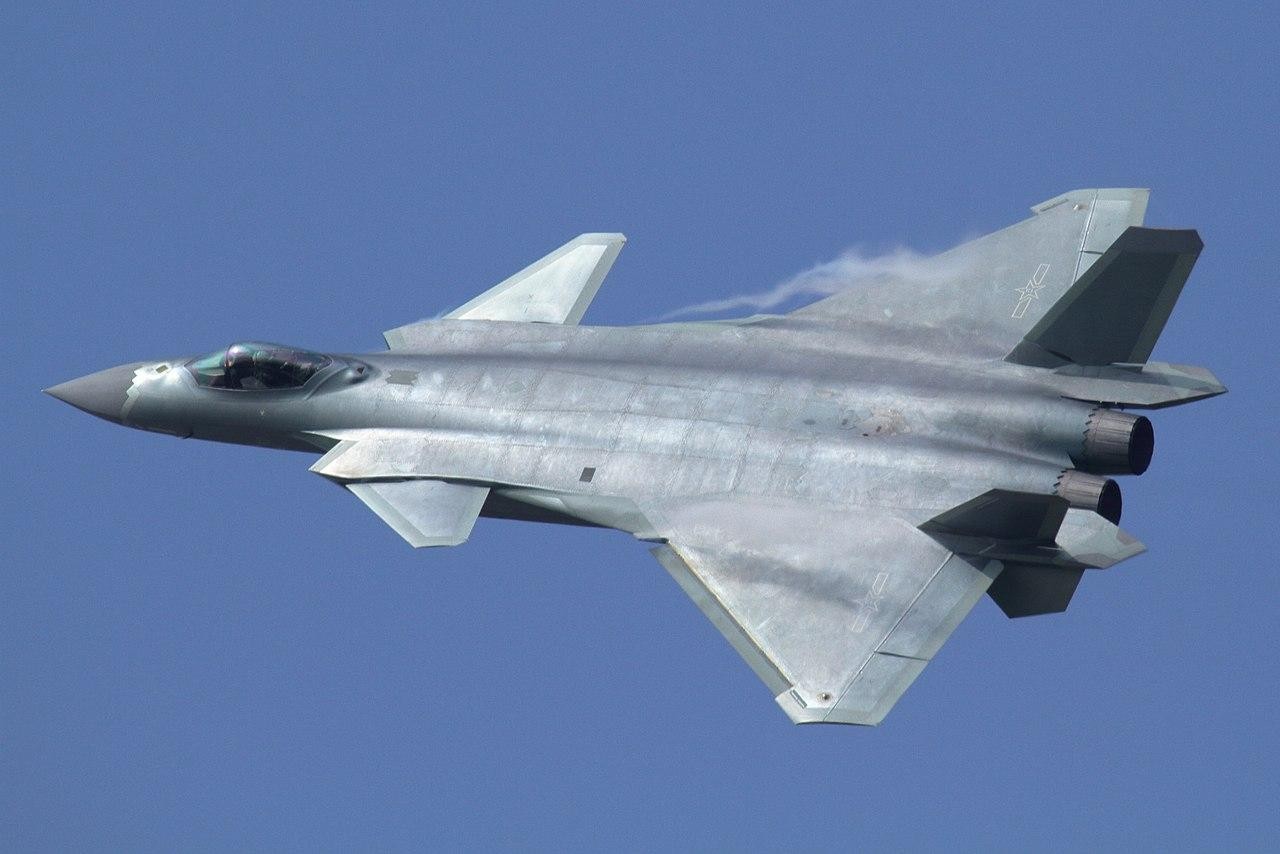
The scope and pace of a J-20 production ramp up may not yet be clear, however the intent and industrial capacity both seem to be there. Given the consensus that Sun Tzu’s “mass matters” principle is still quite relevant and important in modern warfare, China would need large numbers of J-20s to truly compete for air superiority both globally and also in a purely regional sense.
Should the J-20 be unable to compete with a US F-35 when it comes to sensor range, targeting precision and multi-role air dominance, then having larger numbers of the aircraft might not necessarily make too much of a difference.
For example, should long-range, high-fidelity F-35 sensors see J-20s before they are themselves detected, then a single F-35 could be positioned to destroy an entire formation of J-20s.
Kris Osborn previously served at the Pentagon as a Highly Qualified Expert with the Office of the Assistant Secretary of the Army—Acquisition, Logistics & Technology. Osborn has also worked as an anchor and on-air military specialist at national TV networks. He has appeared as a guest military expert on Fox News, MSNBC, The Military Channel, and The History Channel. He also has a Master’s Degree in Comparative Literature from Columbia University.
